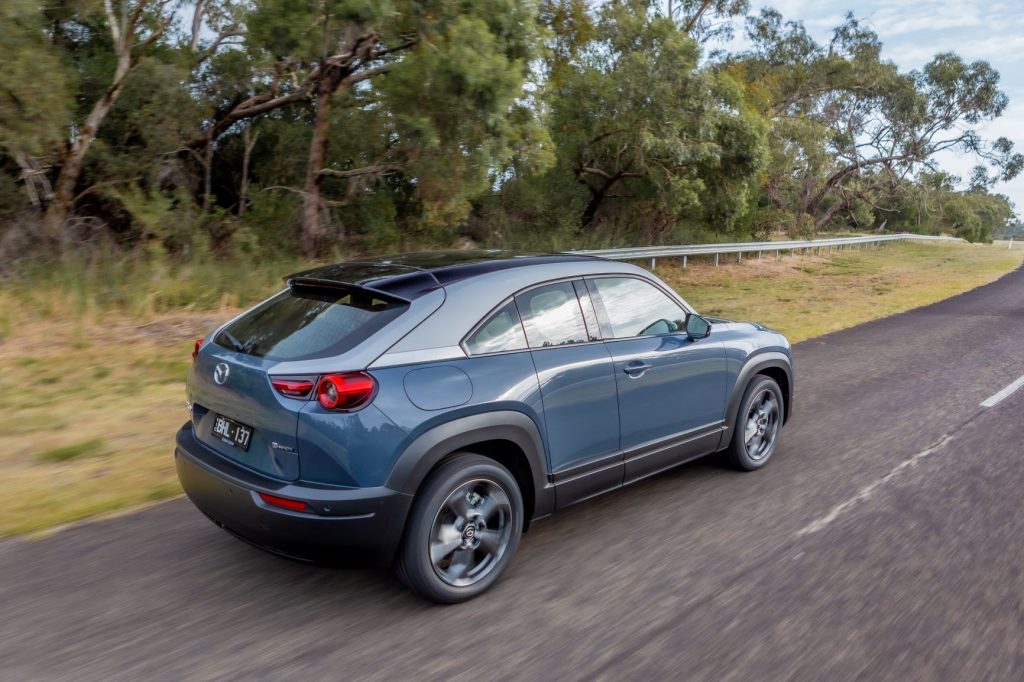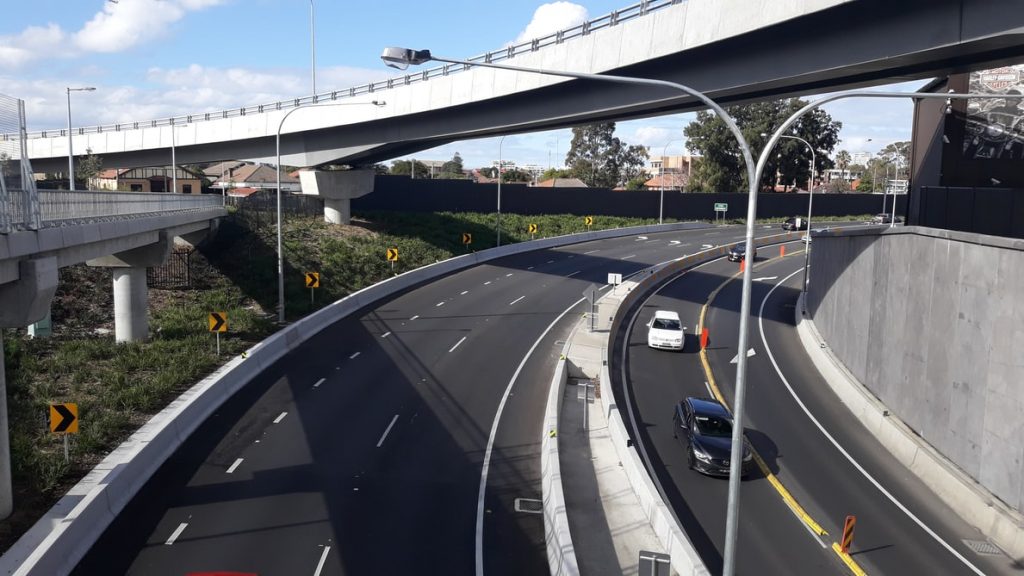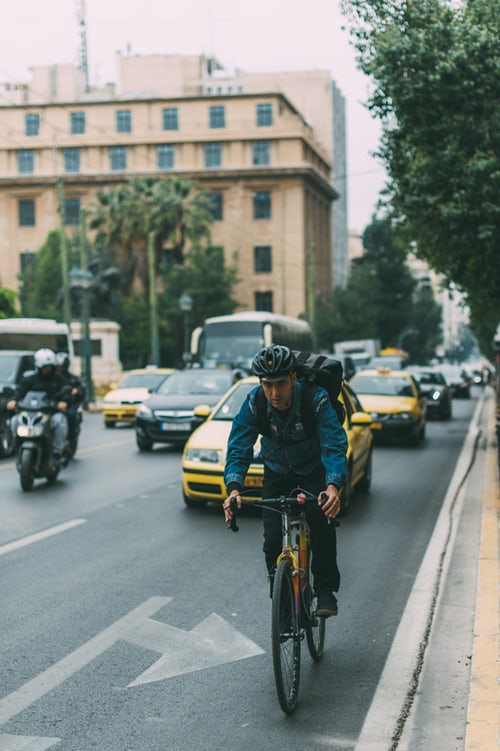This article is from the Australian Road Research Board. It originally appeared on www.arrb.com.au
EVERY NEW YEAR, THERE’S THE CHANCE for a fresh beginning with road safety.
The national road toll and number of serious injuries re-sets at zero. Is it also time for a re-set of how we think publicly about the carnage on our roads?
January is when the national road toll figures for the previous year are finalised and discussed publicly in detail. In 2018, the road toll in Victoria was down 20 percent. That’s one in five Victorians who would have died the previous year being alive to tell the tale – a big tick for Victoria’s road agency VicRoads and the state’s Transport Accident Commission (TAC).
In NSW, road fatalities were down 10 percent, and SA also recorded a significant road toll drop. WA had its lowest yearly toll on record. All of which has helped the Australian road toll drop by more than six percent.
But while more than 1100 die on Australian roads every year, 30 times that are injured. Serious injuries are the hidden, unseen – and publicly undiscussed – cost of road trauma.
The Australian Automobile Association and Australasian College of Road Safety have both publicly urged caution over the road toll figures. They point out that the 2018 figures only bring us back to 2015 numbers in terms of deaths.
And along with leading police figures, they argue concentrating only on the number of deaths, and not focussing more on the 100-plus people seriously injured each day on our roads, makes for complacency around the road safety issue.
The Australian Automobile Association’s chief executive Michael Bradley doesn’t mince words.
He says the 2018 road toll figures are “nothing to celebrate” and while road tolls fluctuate, the key issue is that the National Road Safety Strategy is failing because of a lack of resources and willpower from politicians and bureaucrats alike.
The original National Road Safety Strategy was agreed to by all States in 2011. None are on track to meet the targets agreed to then. In fact, they’re way off.
That led to an independent inquiry into the National Road Safety Strategy, which recently offered 12 recommendations to fix it. Better funding, resourcing and new measurable KPIs geared towards reducing harm on the roads were listed as key. Also among the recommendations was Vision Zero. It set the ambitious target of no more road deaths in Australia by 2050, and no road deaths for all major capital city CBD areas and high-volume highways by 2030.
“We’ve had a Vision Zero in Australia for the last couple of decades, but now there’s a firm line in the sand following the Inquiry,” Australian Road Research Board transport safety expert Dr Blair Turner says.
“We know it’s ambitious, but some parts of Australia have zero fatalities, so it’s do-able. You see in workplace health and safety, and in the aviation industry, they have a zero tolerance around deaths and injuries. Road safety shouldn’t be any different.”
The issues around road safety are complex, myriad and changing. For example, smartphone use while driving wasn’t an issue when the current National Road Safety Strategy came into play eight years ago. Now, it’s a growing problem.
It’s not an exhaustive list. But here’s some of the key issues around road safety going into 2019 – both positive and negative – as Australia attempts to reverse the curse that is road trauma:

Improvements in vehicles
A newer, safer vehicle choice can save your life and that of your family. Advanced safety features like autonomous emergency braking and electronic stability control are now becoming commonplace in base model sub-$20,000 cars. ARRB research shows that given the right road conditions, these features save lives and reduce injuries. “As the fleet upgrades over time, we’ll see further improvements,” Dr Turner says. But Australians keep their cars longer than they should. ANCAP – Australasia’s independent vehicle safety authority – tells us cars built in 2001 or earlier make up one-fifth of the cars on our roads. Yet they account for more than one-third of the fatalities. The research is loud and clear on this – statistically, newer cars are much safer choices. Replacing an old car with a newer one is a simple way to put the odds in your favour.

Improvements in road infrastructure
Victoria has invested heavily in wire crash barriers on roads. These are the high-tension wire ropes you’re seeing more and more in the centre and on edges of high-risk rural roads to ensure cars which lose control don’t leave the road, or become wrecking balls in the opposing lane. Research shows they significantly reduce deaths and serious injuries. Victoria’s Transport Accident Commission (TAC) has been at the forefront of pushing their introduction. Drivers will make mistakes, and acknowledging this and helping making outcomes more forgiving is an important – and often overlooked – element of road safety. “Road users are human, and to be human is to err,” says Dr Turner, an expert in the Safe Systems approach to road safety. “We’re seeing something like a 60-80 percent reduction in fatal and serious injury outcomes in Victoria as a result of wire rope safety barriers.” Dr Turner also points to other road infrastructure, such as roundabouts, which produce a similar benefit. “The basic philosophy with each is that the design prevents a serious injury when things do go wrong,” he says.

Driver distraction
More than 10 million Australians admit to doing something dangerous behind the wheel, according to new research. Thirty-eight percent admit to eating take-away food like burgers while driving. Twenty five percent admit to using a mobile phone to text or utilise social media while at the wheel. The smartphone revolution has added a new layer to driver distraction, and there’s little doubt it’s a growing issue. In NSW, cameras are being trialled to detect mobile phone use while driving. In Queensland, the State Government wants companies to provide technology which will prevent you from using your mobile altogether when you’re driving. But it seems there’s plenty of other distractions which get at us while driving, and the list might surprise you.
Stupidity and risky behaviour
In the words of Forrest Gump – stupid is as stupid does. And despite the warnings and educational campaigns and drivers being aware of the dangers, there is still plenty of risky, silly behaviour which costs lives and put so many others in peril on the roads. In Queensland, more than one in four deaths on their roads last year were attributable to failure to wear a seatbelt. More than 400 in South Australia have been caught driving with an unrestrained pet in their lap over the past three years. It’s mind-boggling stuff. And what’s worse, the Queensland seatbelt issue has also been going on for years, and the numbers actually increased in 2018! Excessive speed and fatigue also remain constants. Throw in the drug-affected, drunk drivers, unlicensed or stolen vehicles you don’t see coming until they hit you, and we, the people, have much to answer for.
Injuries and deaths on the roads are costly
Human life is priceless. But when it comes to roads, there is an equation that puts a price on death and serious injury. It’s a complex formula taking into account where the accident happened (the figure varies between states and countries) and the scale of the crash. But using the most accepted worldwide approach, one Australian road death costs around $7.5 million, and an injury between $20,000 and $360,000 depending on its severity. That means road injury and death costs Australia around $70 million a day – $30 billion annually. Put another way, we spend as much on repairing road trauma and burying the dead as Australia’s national defence budget. Humanity demands it’s the right approach anyway, but spending to prevent road injuries and deaths occurring in the first place also makes significant economic sense.

Strategies on lower volume roads
While initiatives like wire crash barriers and better skid resistance, and other infrastructure improvements are helping in well-known blackspots or high-volume traffic areas, what about the roads less travelled? Dr Turner says roads which carry lower volumes of traffic but are high-risk parts of the network need different strategies. “We are lacking strategies on lower volume roads. Maybe things like different road configurations, appropriate speed management and in-car warnings can help.” For low quality roads and urban arterial roads, there also need to be strategies especially geared towards vulnerable road users, such as pedestrians and cyclists.

Vulnerable road users
It stands to reason. Motorcyclists, cyclists and pedestrians bear heavier risk than those in closed vehicles. Cities and towns have been built around the motor car and favour drivers over riders and walkers by design. So the risks for so-called vulnerable road users are greater than they should be. “The number of cyclist fatalities is very worrying,” says National Roads and Motorists Association spokesperson Peter Khoury in The Guardian’s excellent summation of how Australia is failing its cyclists. “Every road user has to play a role. Cycling is a relatively new transport mode in Australia, compared with some cities in Europe, so many drivers are simply not used to sharing the road. But this is the new reality – more and more people are going to be cycling in Australia. We need to build the infrastructure to support that and run the education campaigns to teach people how to share the road safely.” Organisations like cycling’s Amy Gillett Foundation are leading the way – their A Metre Matters campaign is successfully raising the importance of being aware of cyclists while driving. The awareness and education piece is one which could be applied equally to all vulnerable road users.
You can read the original article by Guy Hand here.
